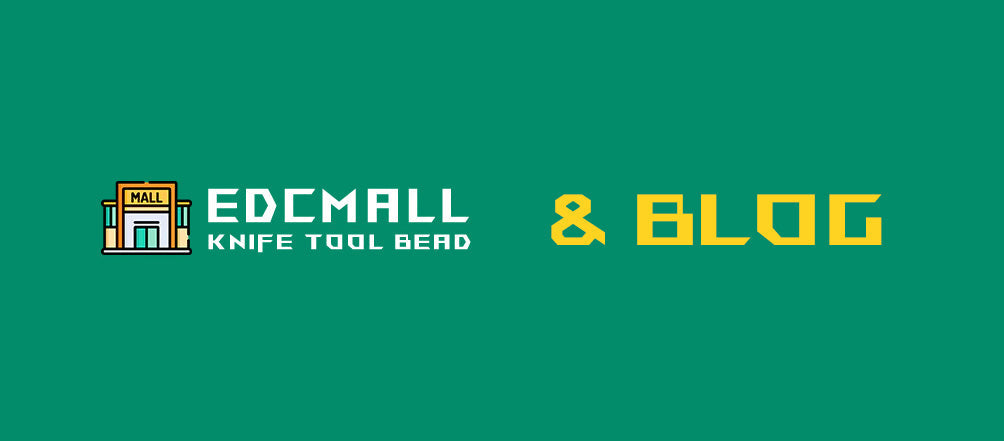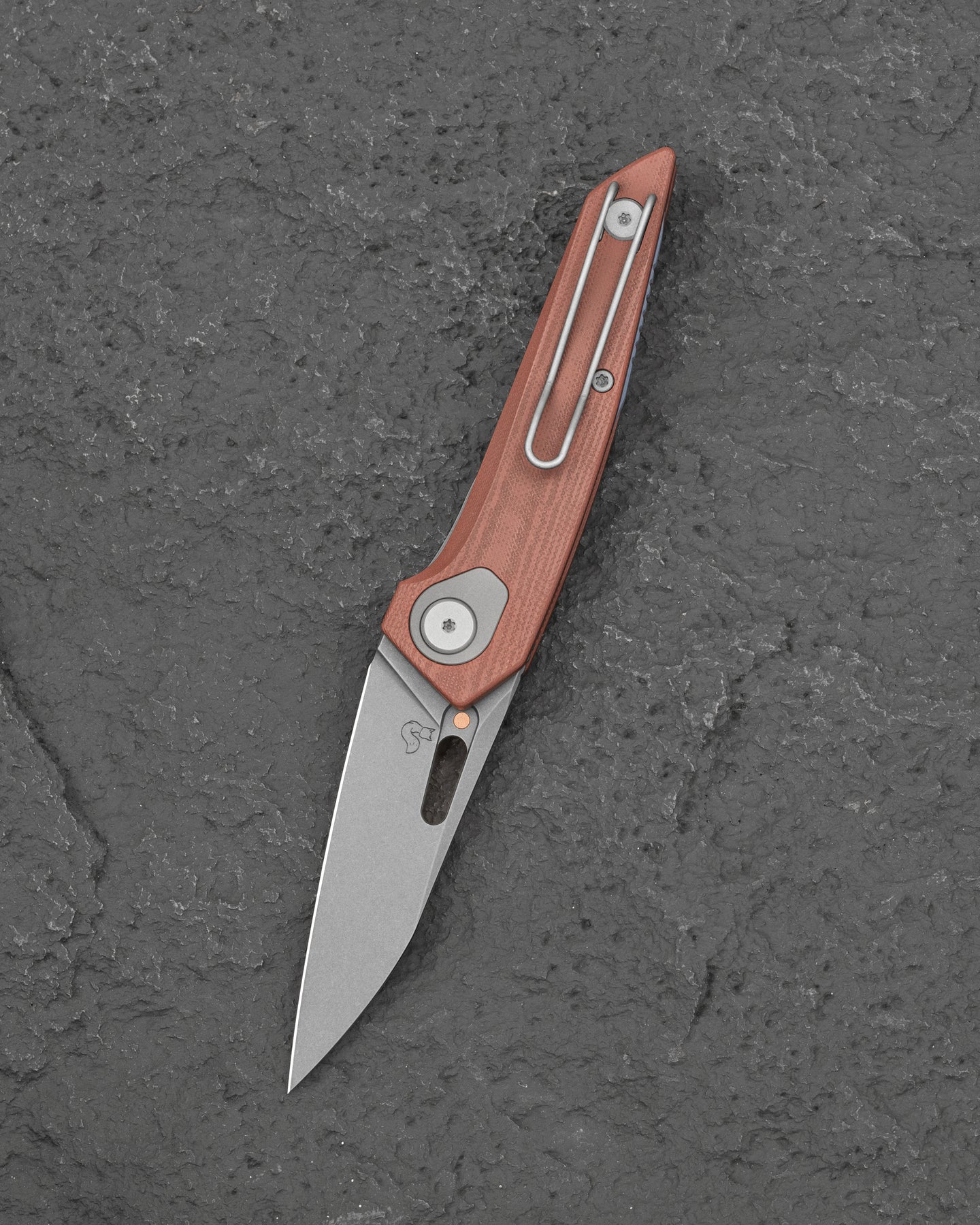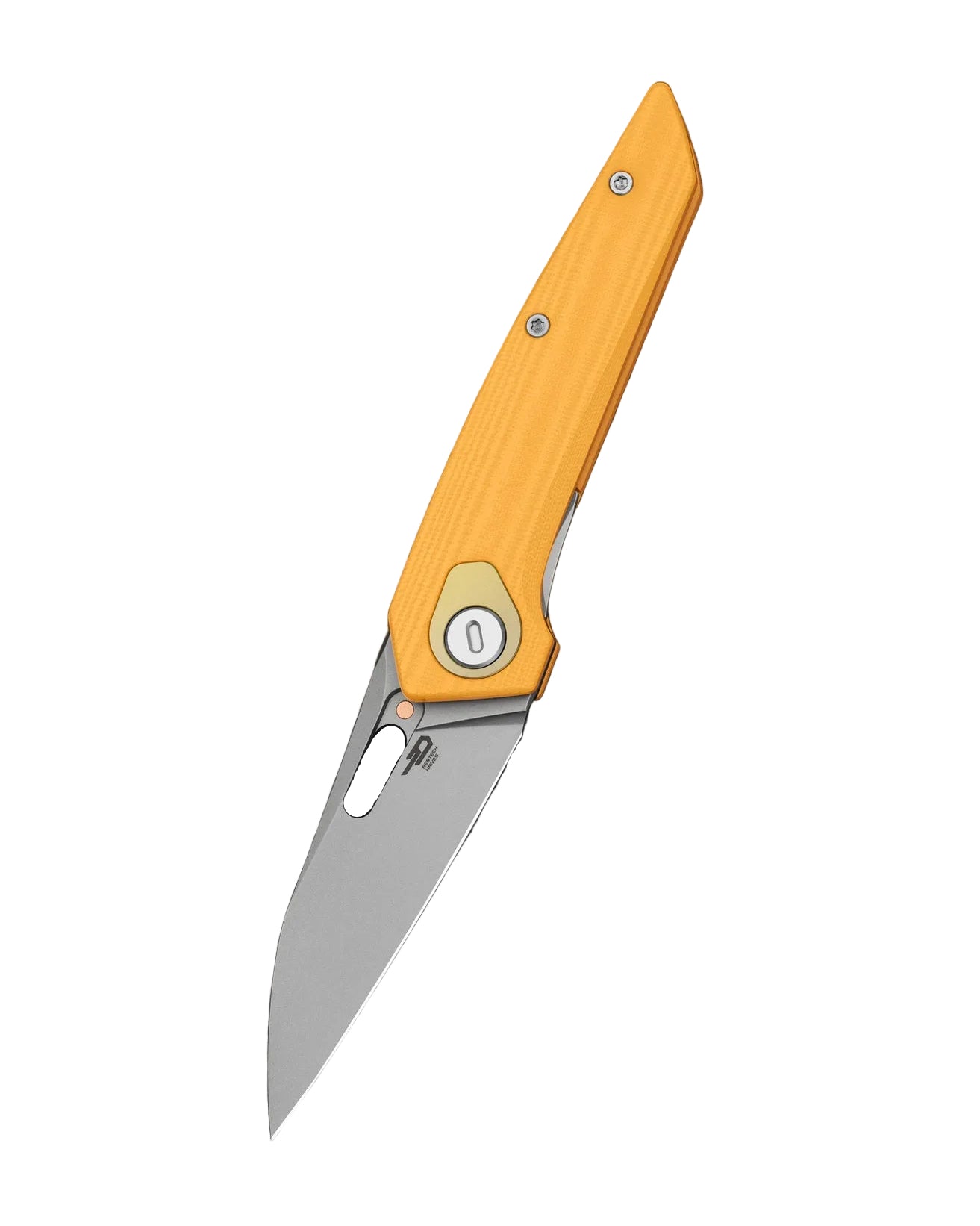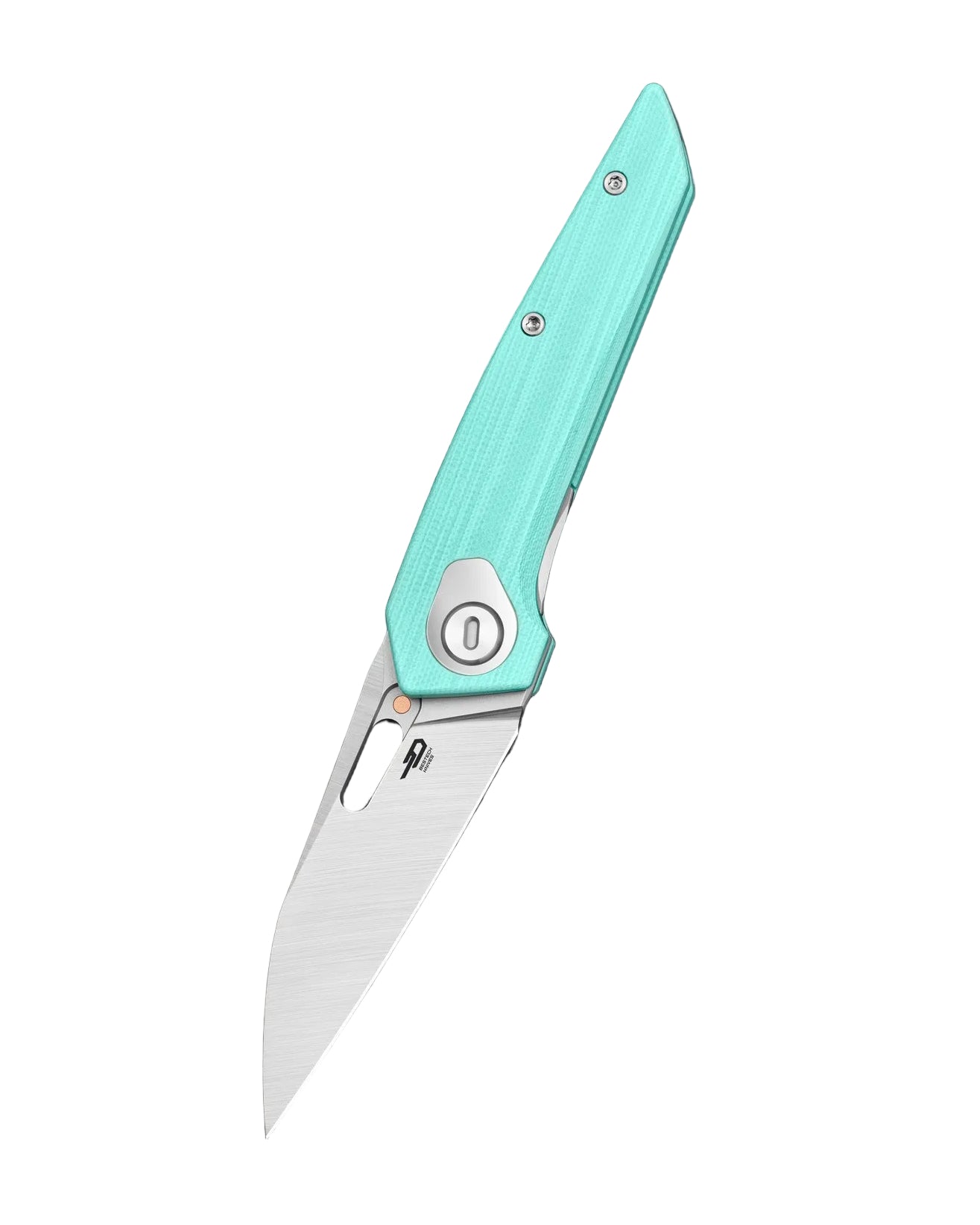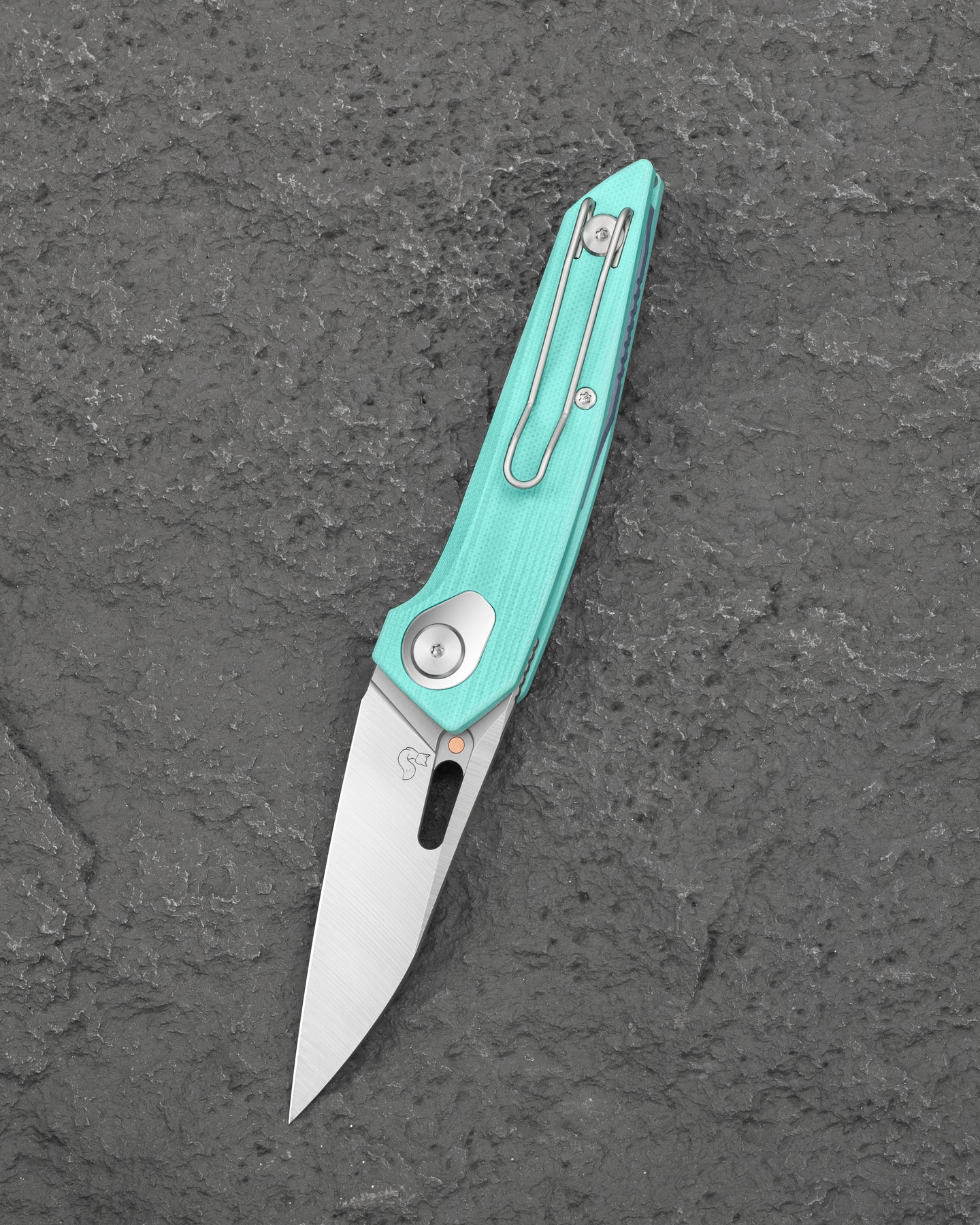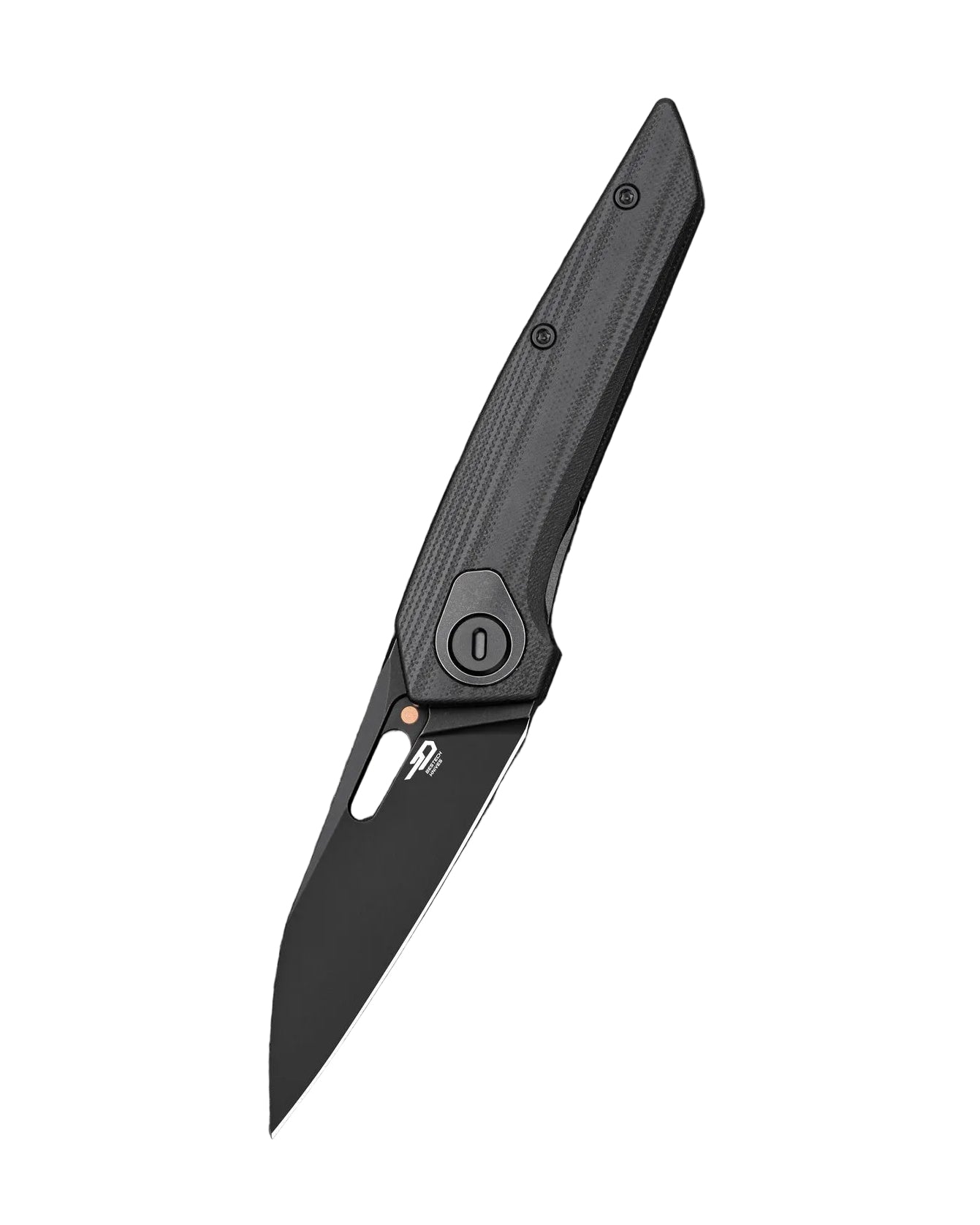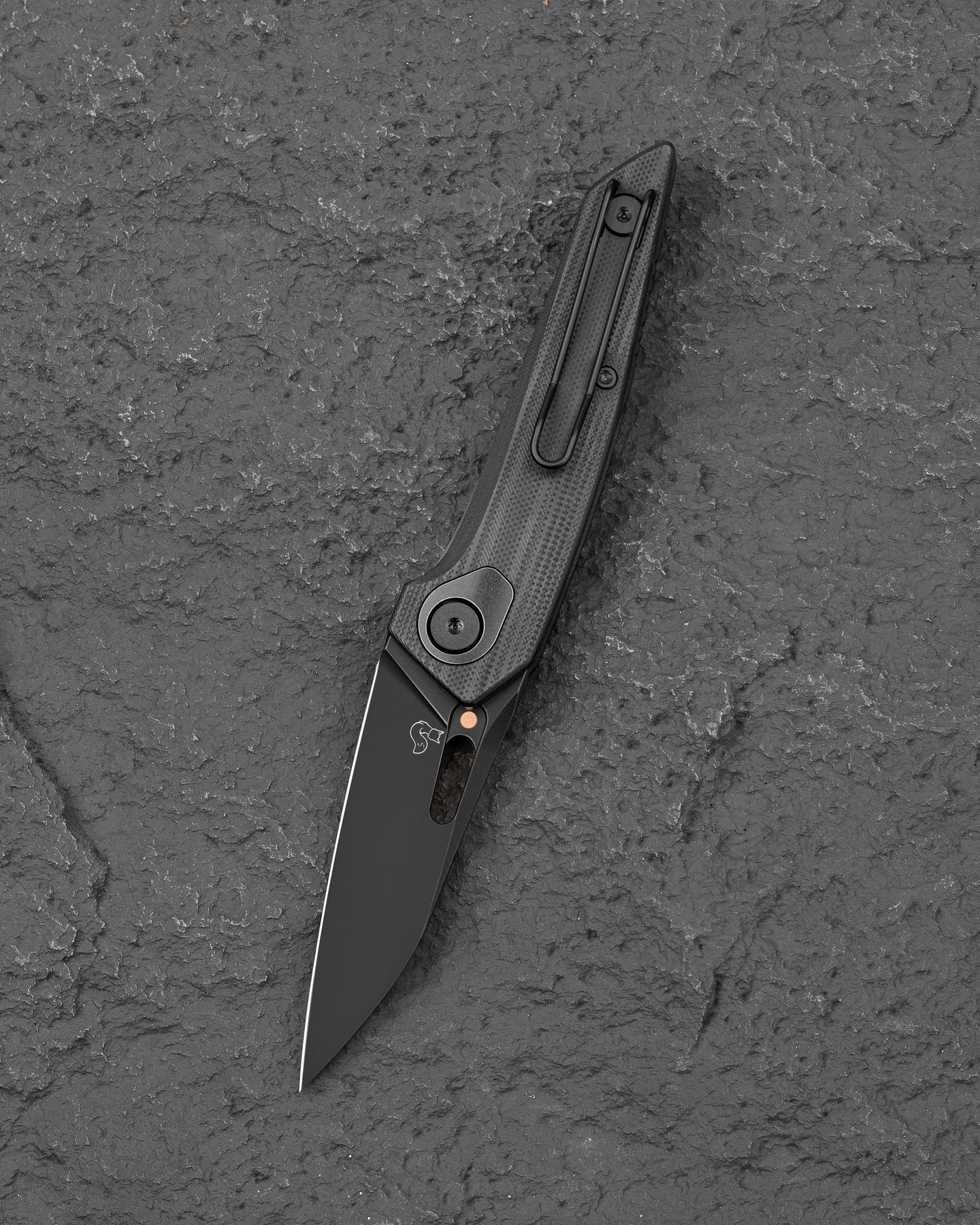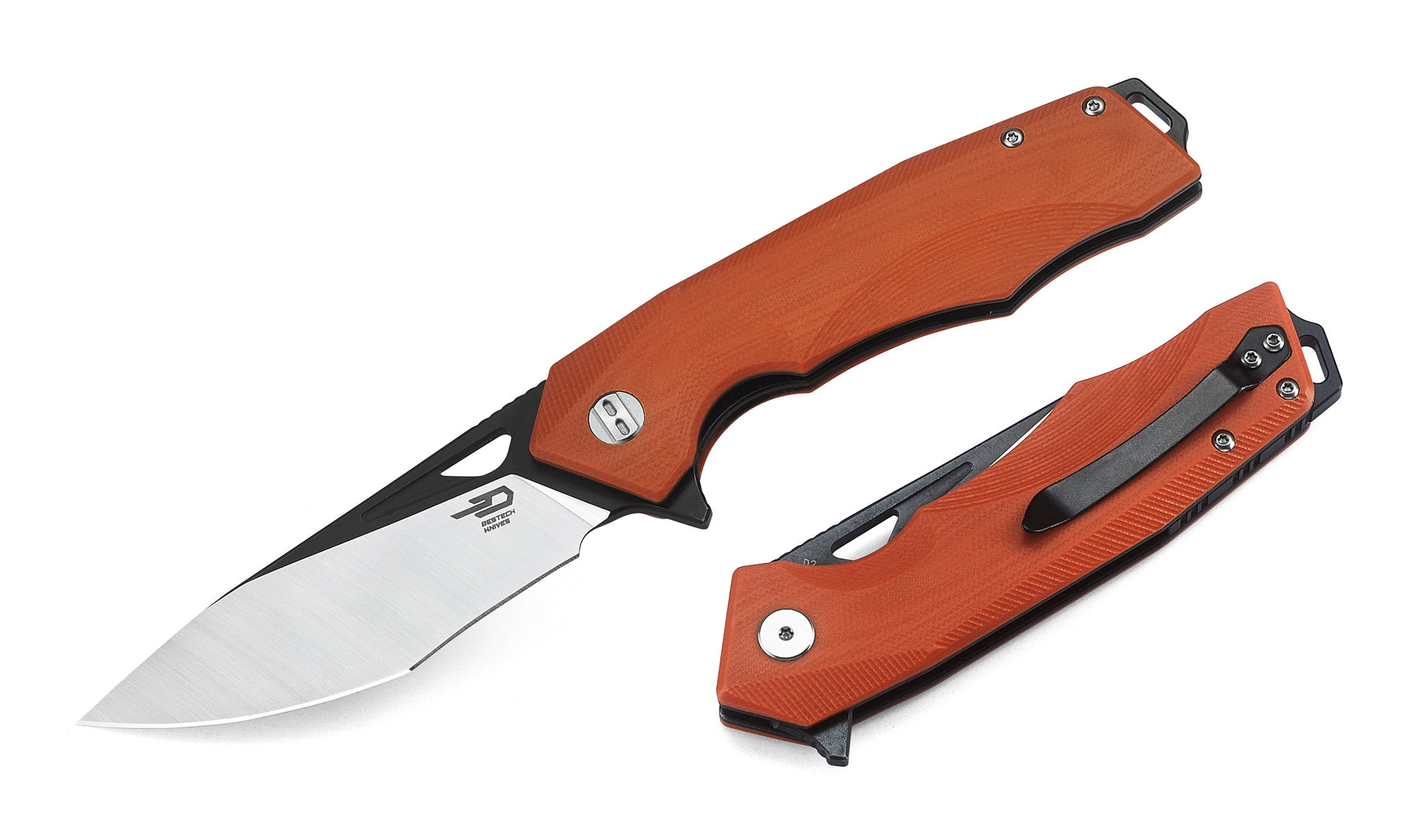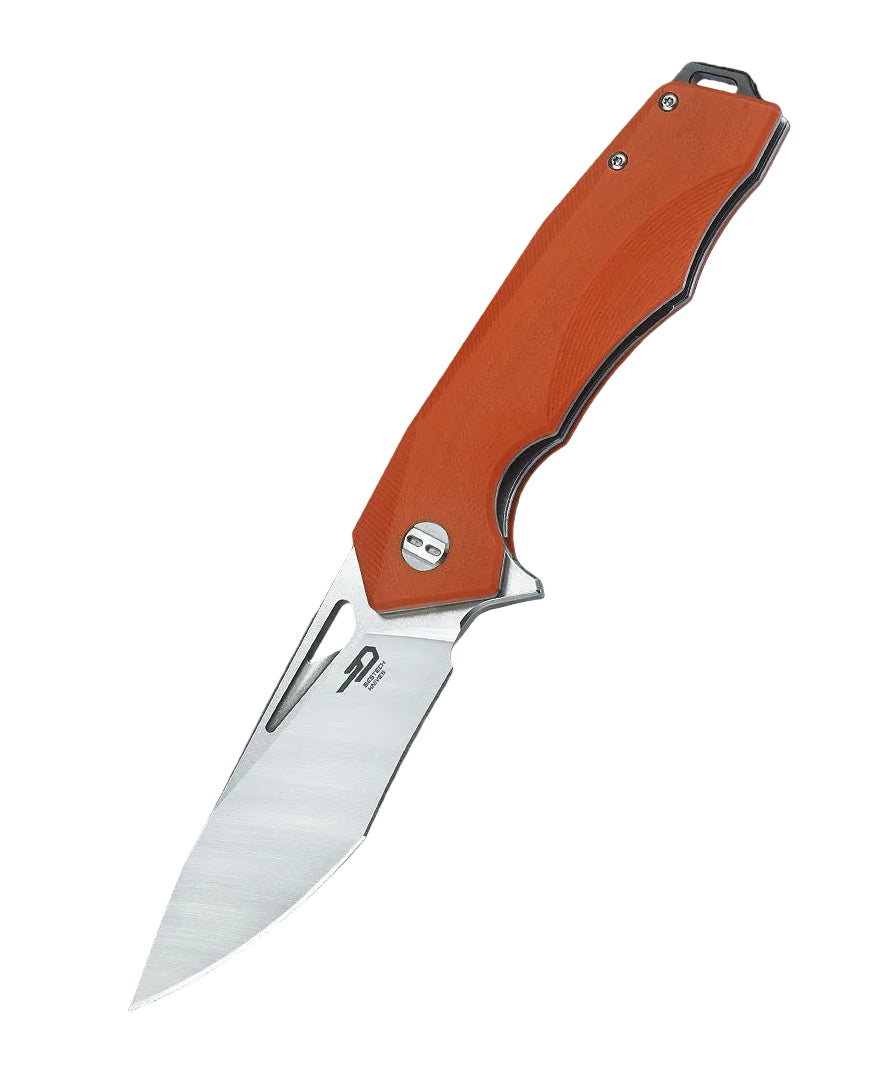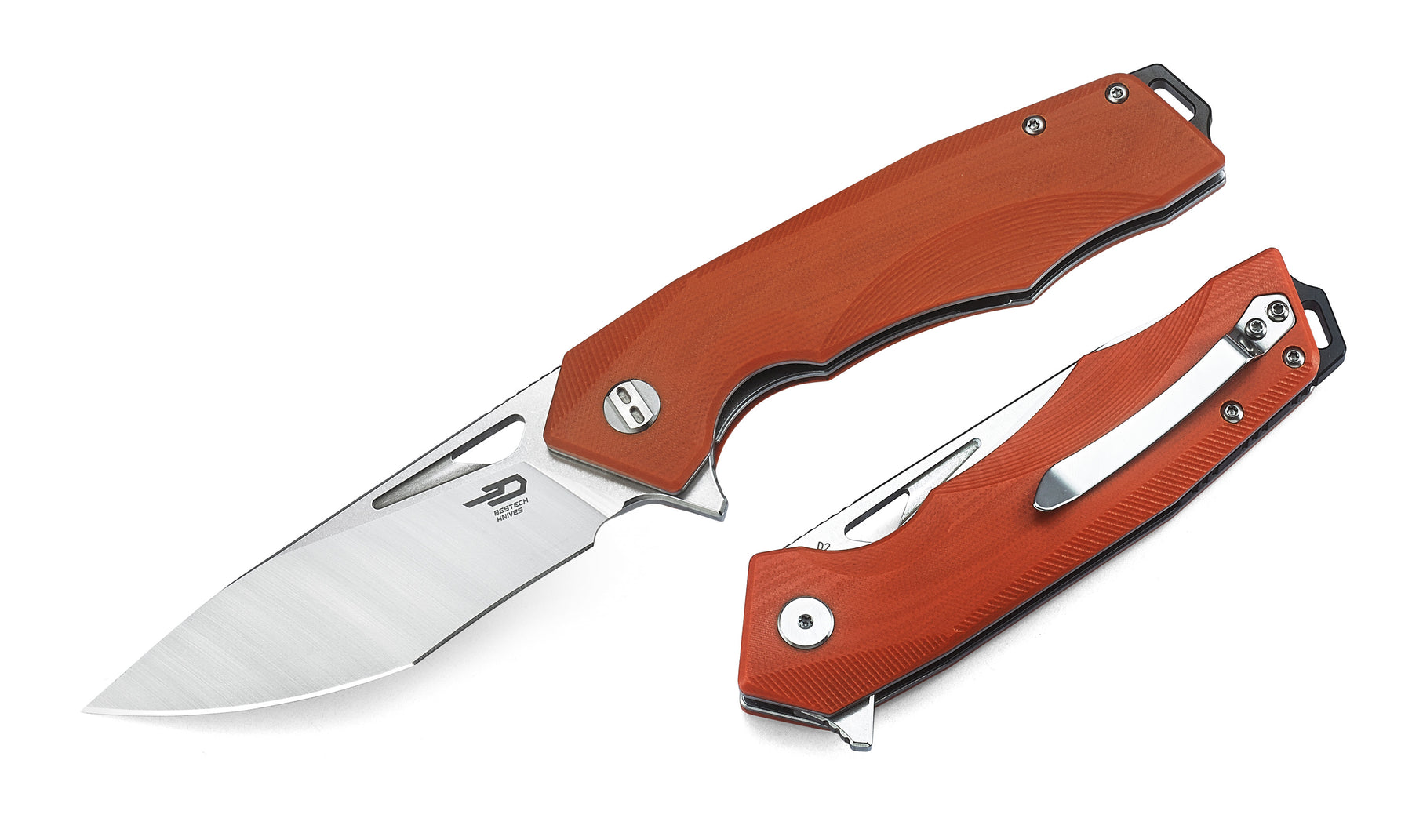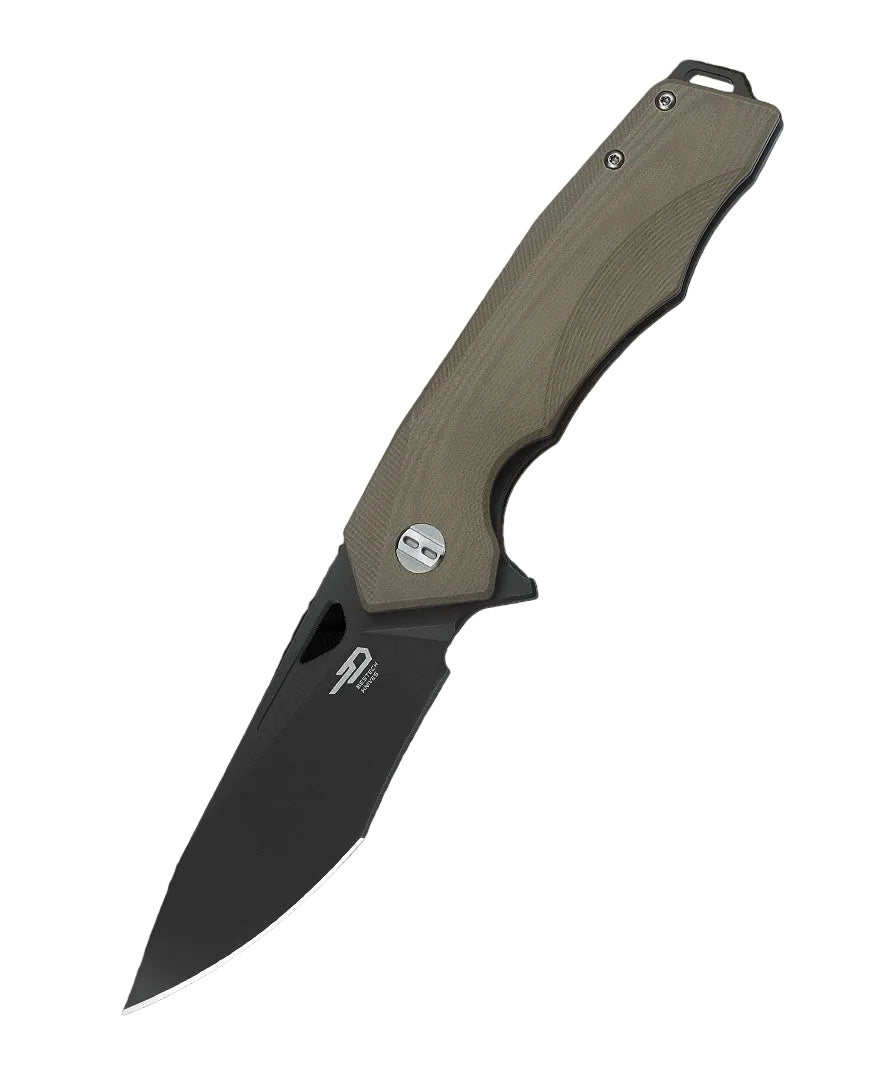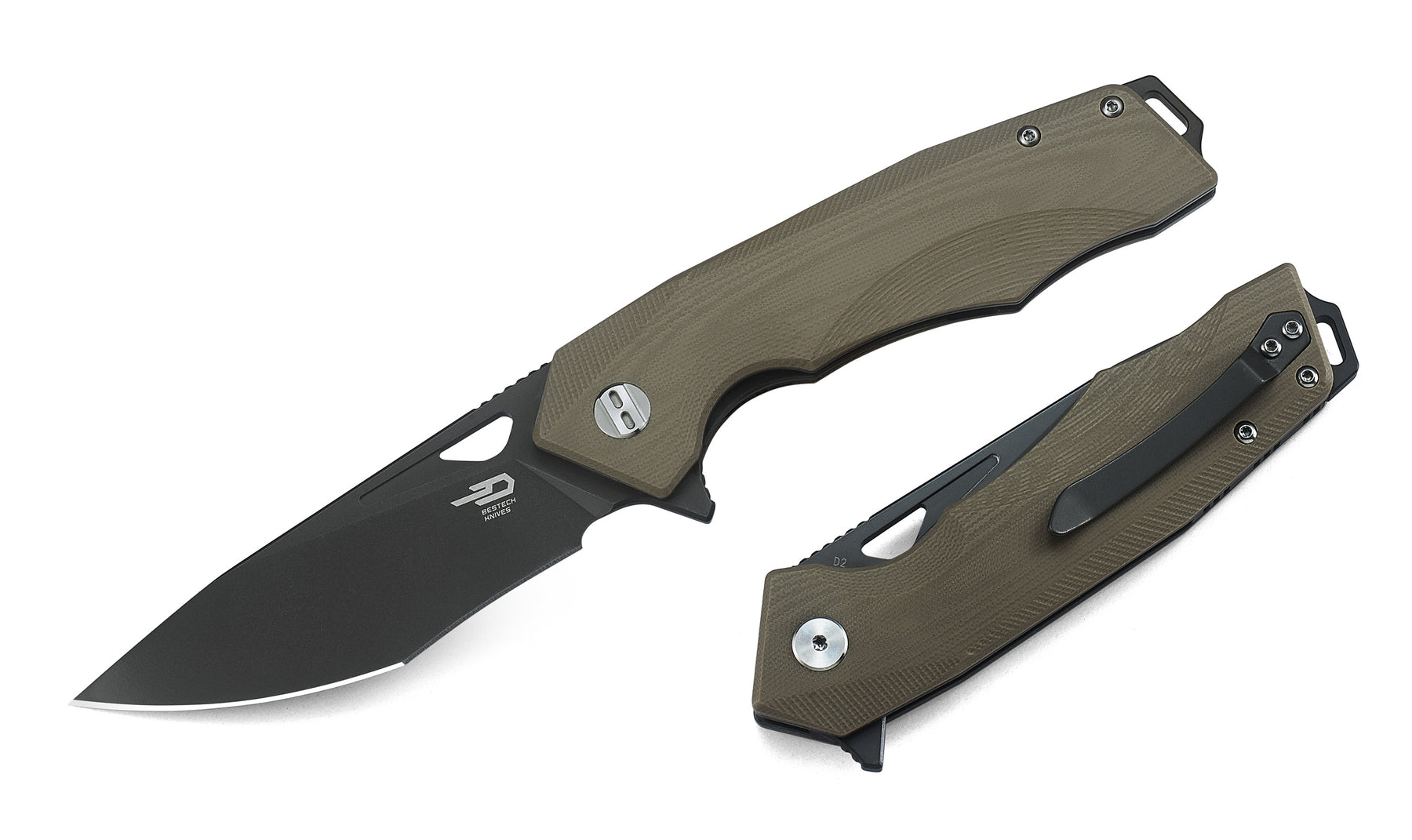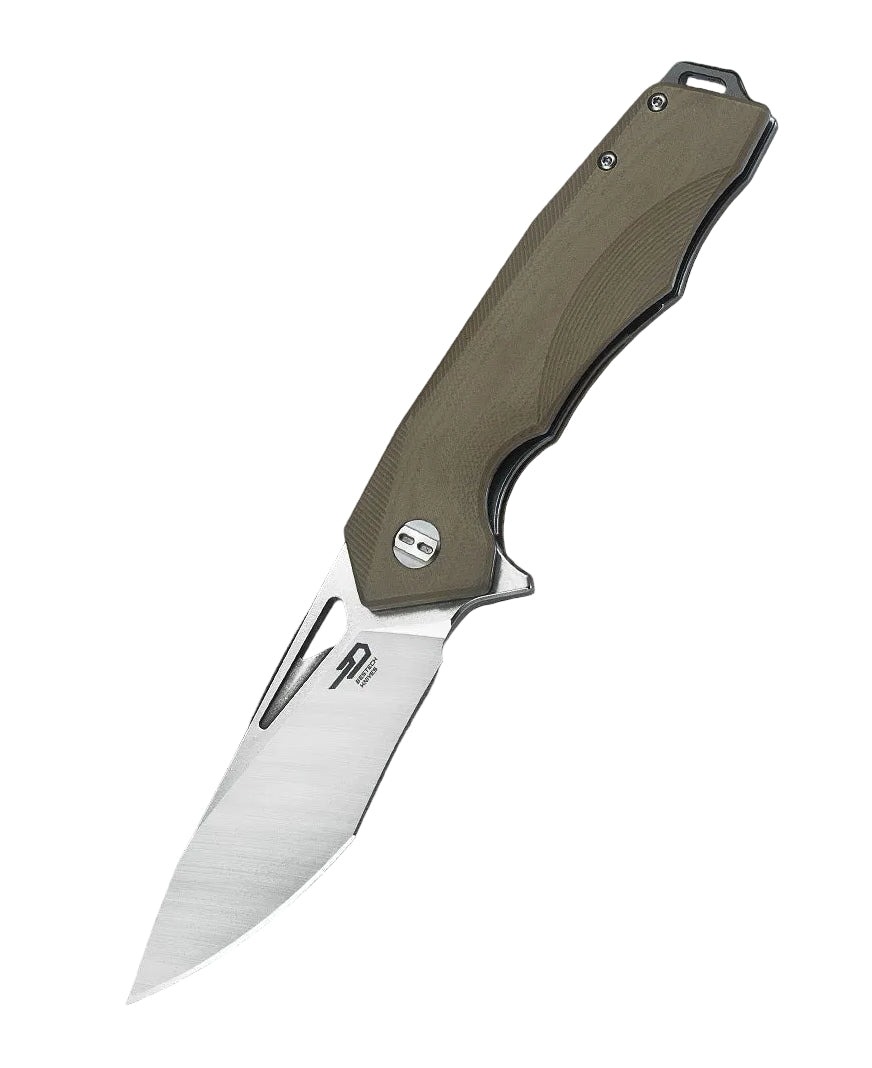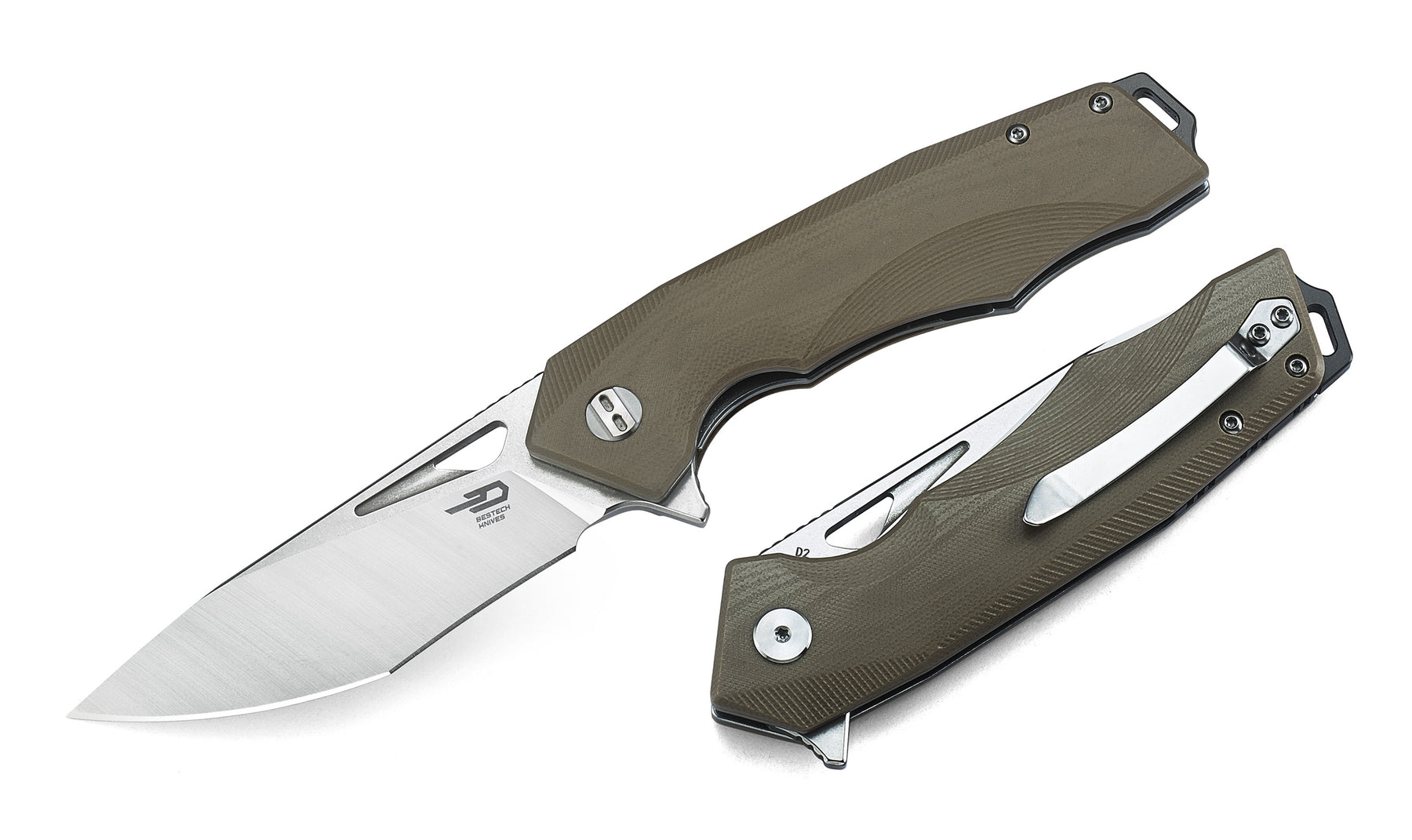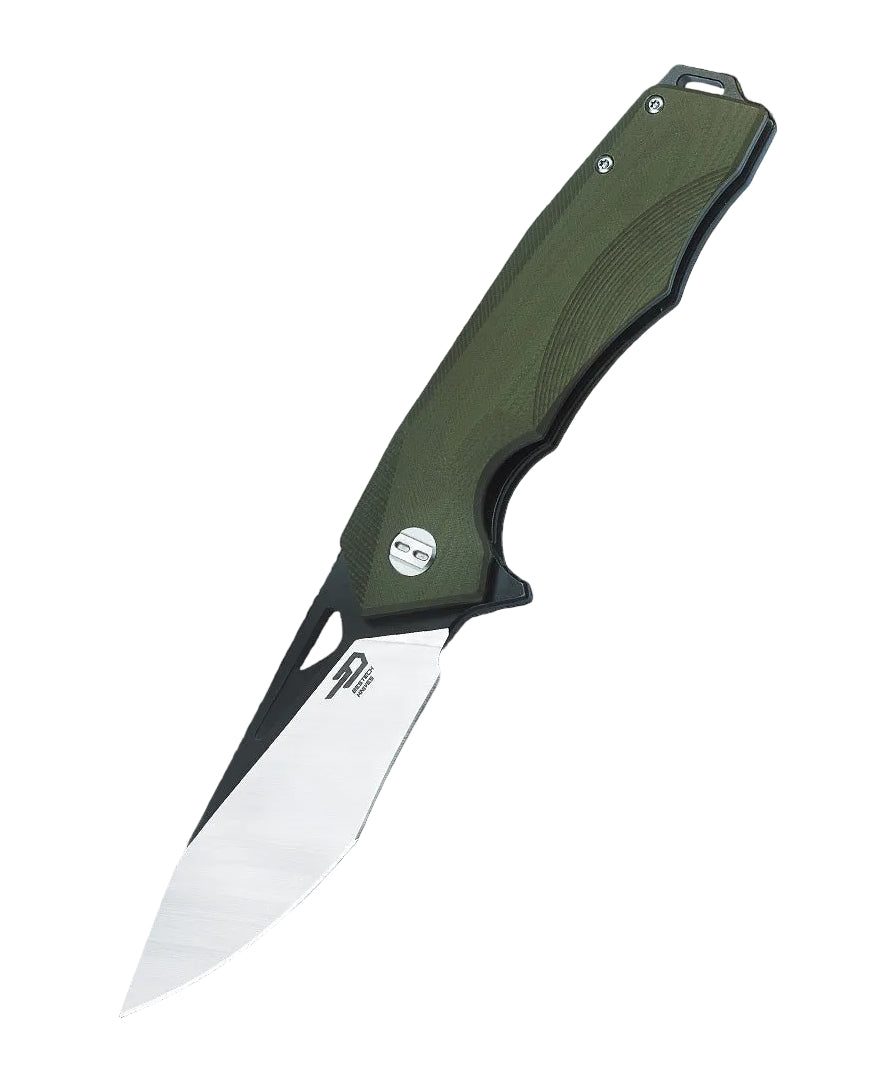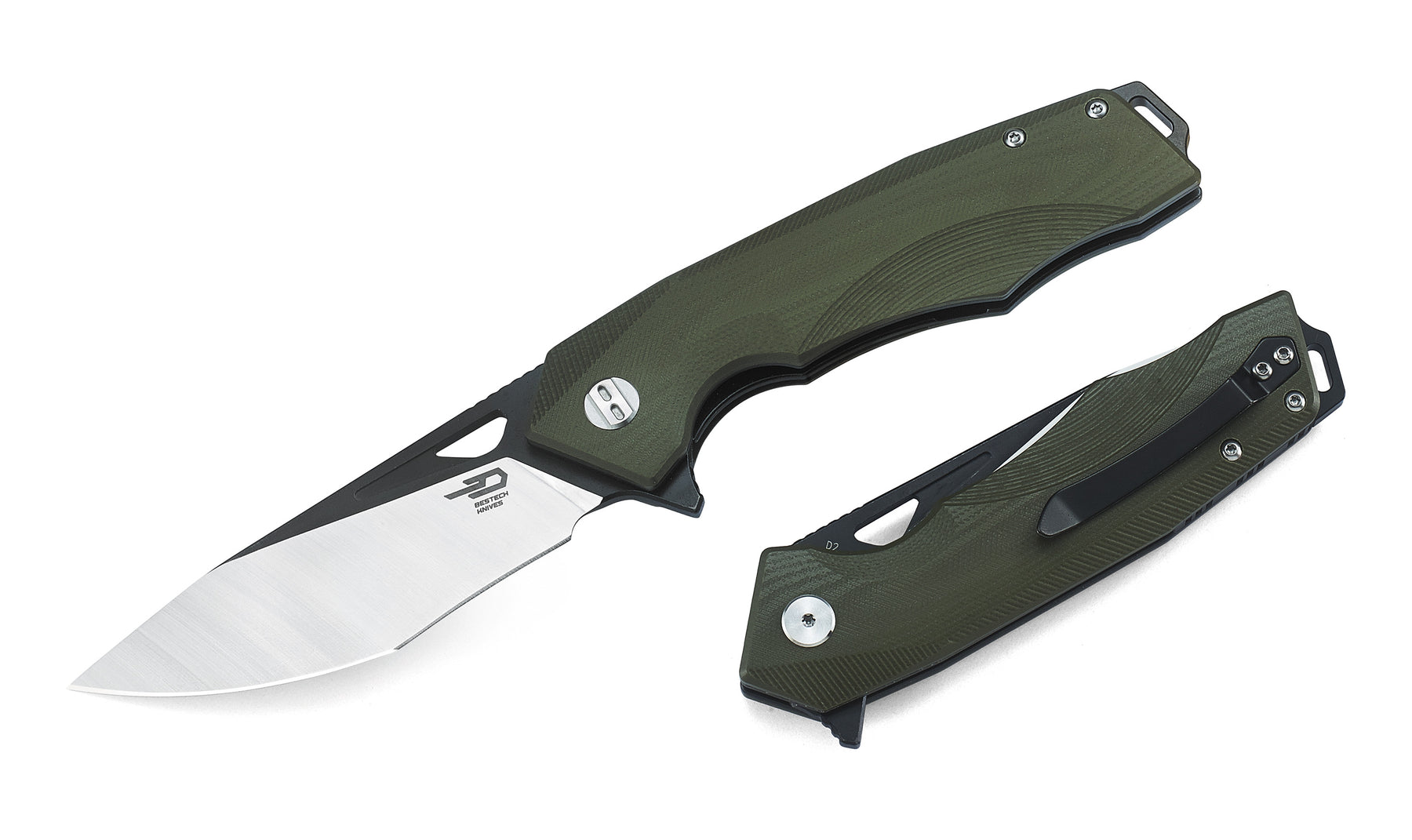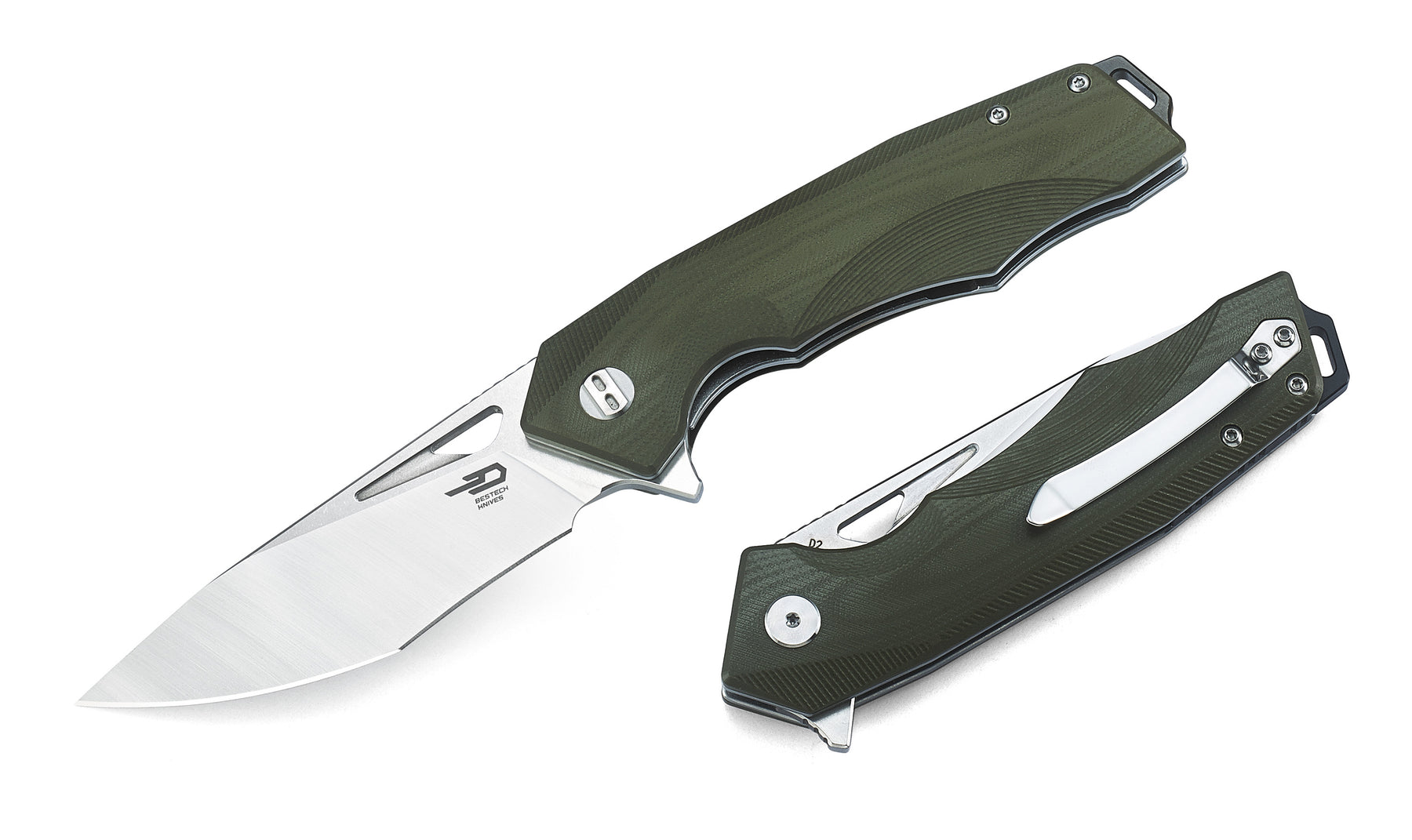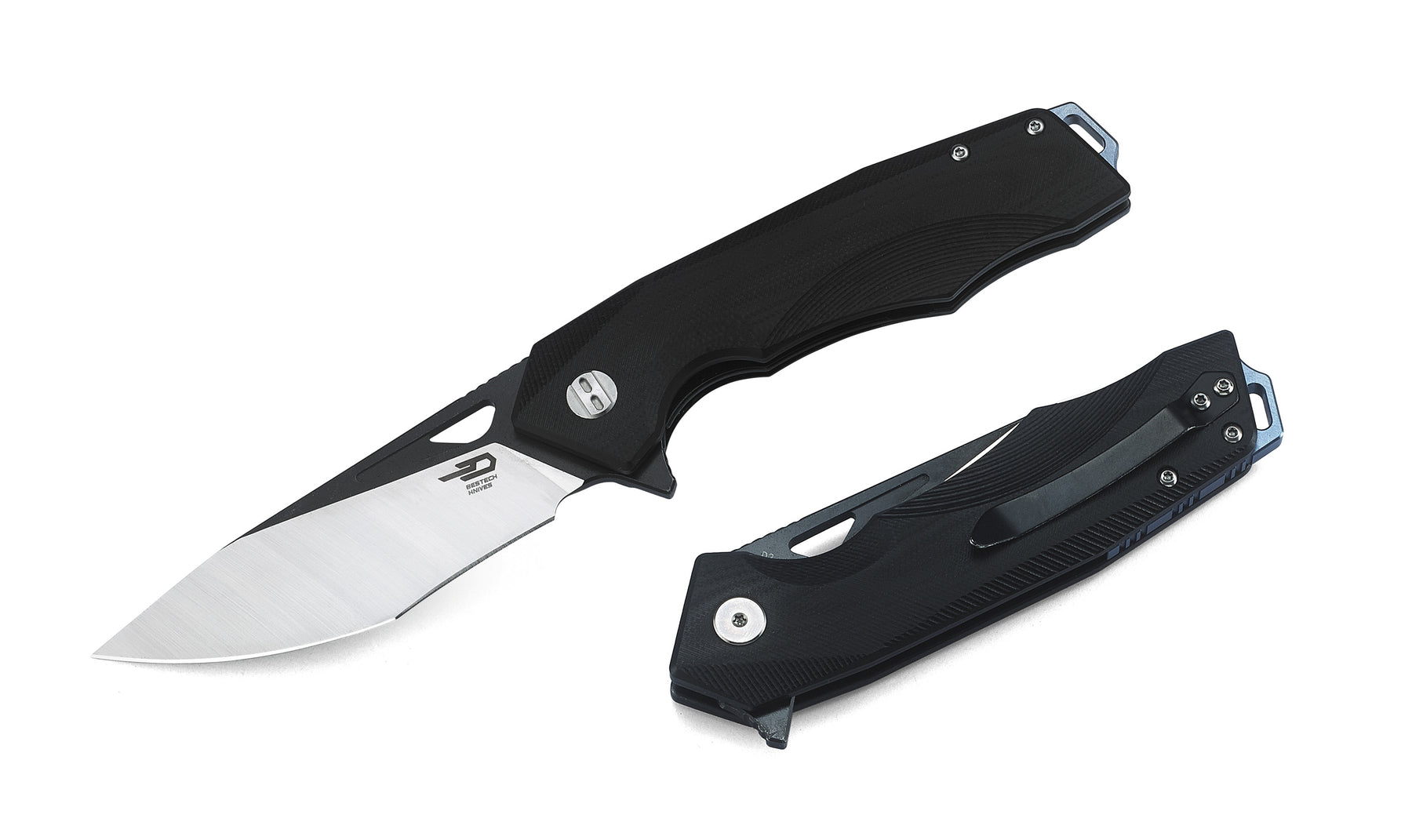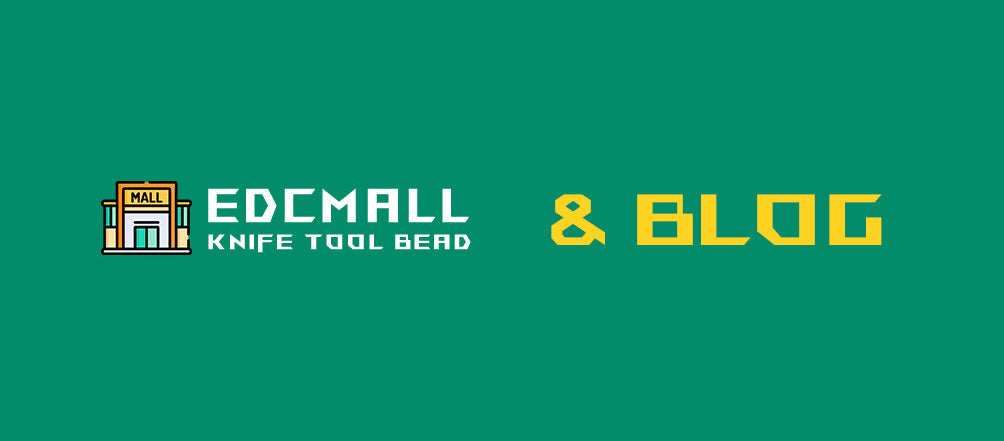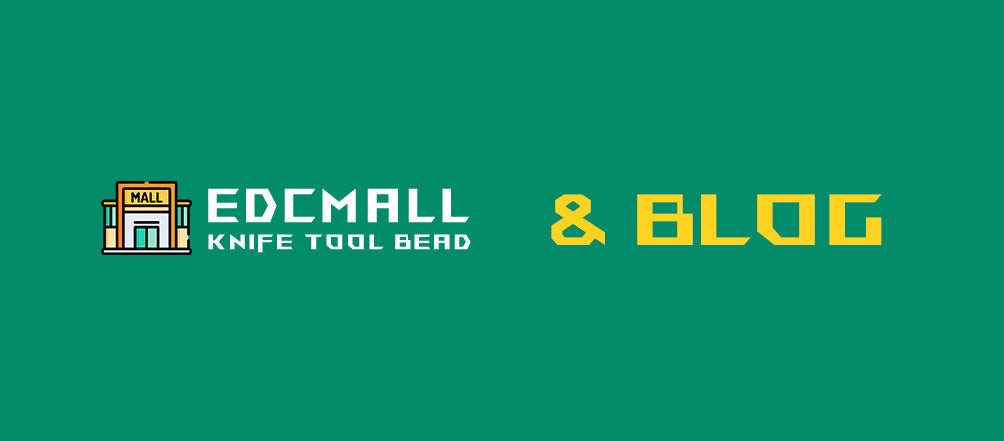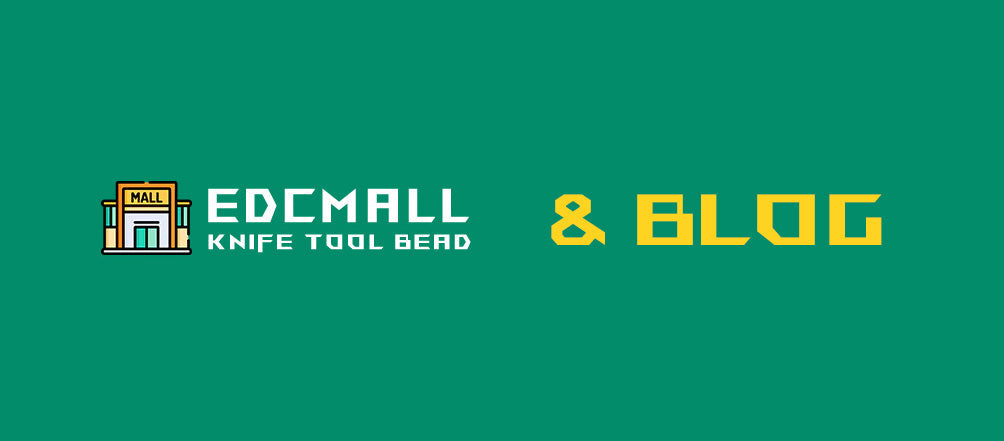Rockstead knives are legendary for their mirror-polished convex edges and extreme sharpness. Many collectors describe them as the sharpest factory edges they have ever seen. But one common question among owners is: how do you sharpen a Rockstead at home without damaging its signature edge?
The truth is that sharpening Rockstead knives requires more care than regular blades. Let’s explore the challenges, tools, and best practices to help you maintain your Rockstead at home.
Why Rockstead Knives Are Hard to Sharpen
Unlike standard V-grind or flat-ground knives, Rockstead uses a convex grind with a mirror finish. This offers:
-
Incredible edge retention, especially with steels like ZDP-189 and YXR7.
-
Smooth cutting performance, thanks to the continuous convex geometry.
-
A unique finish, which is very hard to reproduce at home.
Because of this, traditional whetstones or guided sharpeners can flatten the convex shape, reducing cutting performance and beauty.
Can You Sharpen Rockstead at Home?
Yes, but with limitations. Rockstead themselves recommend sending knives back for professional resharpening (they even offer free sharpening in Japan). However, many users prefer light at-home maintenance between factory services.
Here’s what you can realistically do at home:
-
Stropping – The safest method. Use a leather strop with diamond or chromium oxide paste to realign and polish the edge.
-
Fine ceramic rods – For very light touch-ups, holding a consistent angle close to the convex shape.
-
Avoid heavy reprofiling – Unless you are very skilled with freehand convex sharpening, do not attempt full regrinds at home.
Step-by-Step: Light Maintenance at Home
-
Clean the blade – Wipe off dust and residue with a soft cloth.
-
Prepare your strop – Apply a fine polishing compound to leather.
-
Maintain the convex angle – Rockstead edges are usually around 30° inclusive; try to roll slightly as you draw the blade.
-
Use light pressure – The goal is to polish and realign, not remove lots of steel.
-
Check sharpness – Test on paper or hair; stop once the edge feels restored.
What Not to Do
-
❌ Do not use pull-through sharpeners—they will destroy the edge geometry.
-
❌ Do not overuse coarse stones—this will scratch the mirror finish.
-
❌ Do not sharpen aggressively—Rockstead knives are designed for edge longevity; they rarely need full sharpening.
When to Send It Back
If your Rockstead has visible chips, deep dulling, or you want the original mirror convex edge restored, the best option is to send it to Rockstead. Their free factory sharpening (for registered knives) ensures your blade returns to like-new condition.
Final Thoughts
Sharpening a Rockstead knife at home is less about grinding and more about careful maintenance. With a good strop, light touch-ups, and proper storage, you can keep your Rockstead razor-sharp for years without losing its iconic convex edge. For heavy work, trust Rockstead’s own sharpening service—after all, few craftsmen in the world can replicate that flawless Japanese finish.
Q1: Can I use a whetstone to sharpen Rockstead knives?
A: It’s not recommended for most users. Standard whetstones can flatten the convex grind and damage the mirror finish. If you do try, use extremely fine stones and freehand convex strokes—but stropping is much safer.
Q2: Does Rockstead offer free sharpening?
A: Yes. Rockstead provides free sharpening service for registered knives in Japan. Many collectors ship their blades back every few years to restore the original mirror-polished convex edge.
Q3: How often do Rockstead knives need sharpening?
A: Thanks to steels like ZDP-189 and YXR7, Rockstead edges can last for months or even years with light use. Most users only need occasional stropping, not full sharpening.
Q4: Can I use a guided sharpening system on Rockstead?
A: No. Systems like Lansky or KME use fixed V-angles, which do not match the convex edge geometry. They will ruin the unique performance of Rockstead knives.
Q5: What is the safest way to maintain sharpness at home?
A: Stropping with a leather strop and fine polishing compound is the safest and most effective method. It maintains the edge alignment without removing significant steel.

